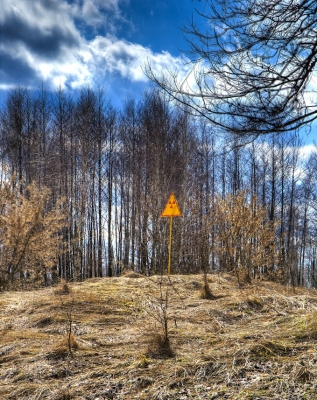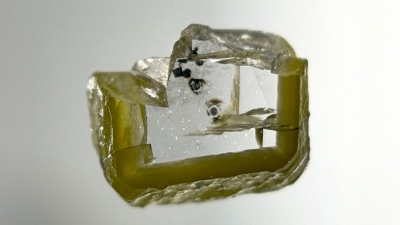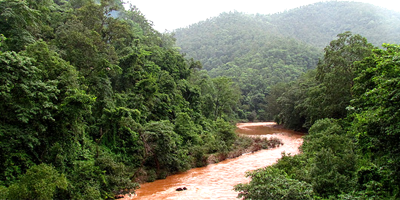
With the ongoing Russian invasion of Ukraine, fears of a nuclear escalation and nuclear disasters persist. Ukraine, which is heavily dependent on its nuclear reactors for electricity production, has as many as 15 of them.
Radiation exposure of the people living in areas around them and those (the invading soldiers) coming there without precaution in the event of a disaster cannot be ruled out. And the least said about its impact on the environment is better.
It was reported in March end that Russian soldiers who took control of the Chernobyl site drove heavy military vehicles without wearing any anti-radiation gear through a toxic zone called the “Red Forest”. But what is this Red Forest and why is it called so? Let’s find out.
Highly toxic zone
The Red Forest is the most radioactively contaminated outdoor environment. Spreading over 10 sq km around the Chernobyl Nuclear Power Plant within the Exclusion Zone near the town of Pripyat, it is a highly dangerous, toxic zone.
It got its name when pine trees covering several square kilometres in the area west of the Chernobyl plant turned a bright red and many of them died instantly as a result of radiation absorption from the world’s worst nuclear accident in 1986.
Still called the Red Forest, the site is off limits even for the nuclear plant workers. Apparently, the invading Russian troops suffered radiation sickness when they allegedly dug trenches in the highly toxic zone, kicking up clouds of radioactive dust.
The Chernobyl disaster
The Chernobyl Nuclear Power Plant accident in 1986 was the result of a flawed reactor design. On the night of April 26, 1986, a steam explosion and the resultant fire at the plant led to the uncontrolled release of radioactivity into the environment. It contaminated the soil, water, and atmosphere with radioactive material.
Due to the explosion, two plant workers died on the same night of the accident, and 28 more died within weeks as a result of acute radiation syndrome. Several lakhs of people were evacuated from the area. Did you know exposure to radioactive materials increases the risk of cancer, among other diseases, in people?
Picture Credit : Google





